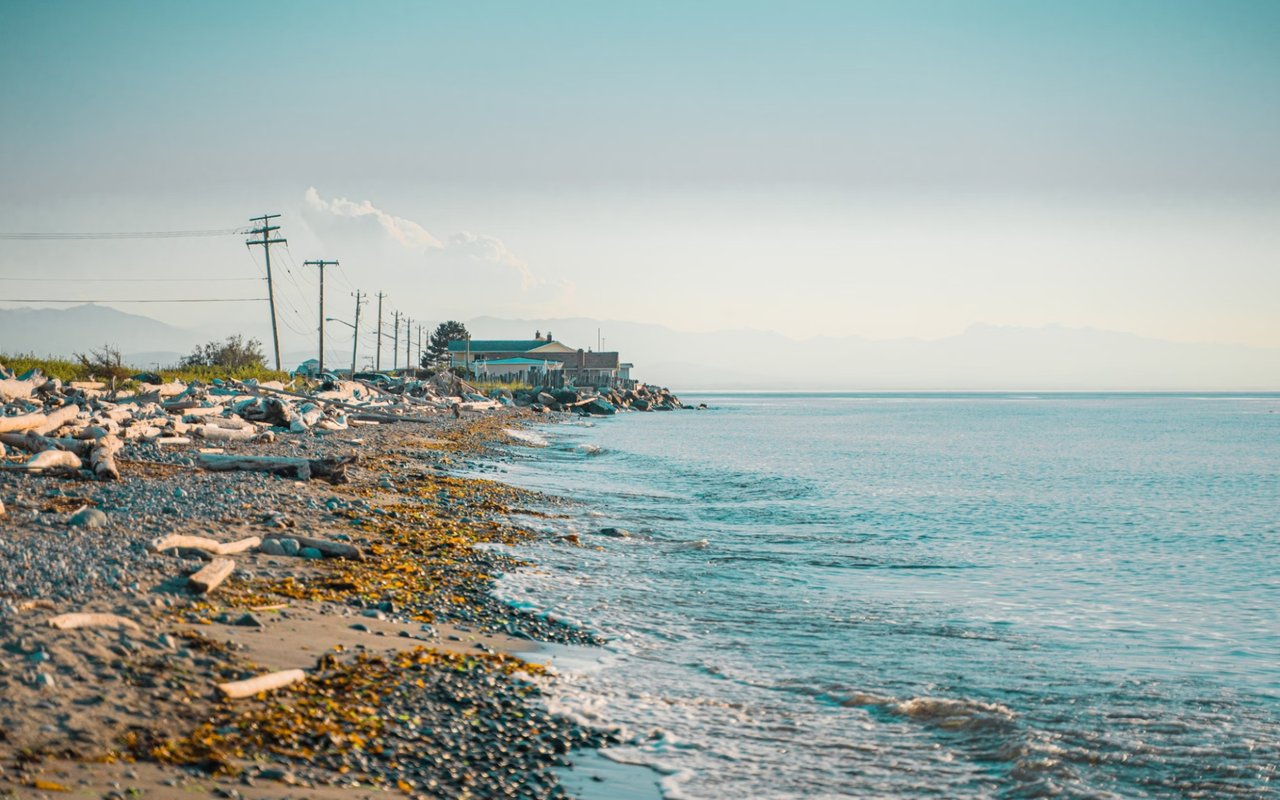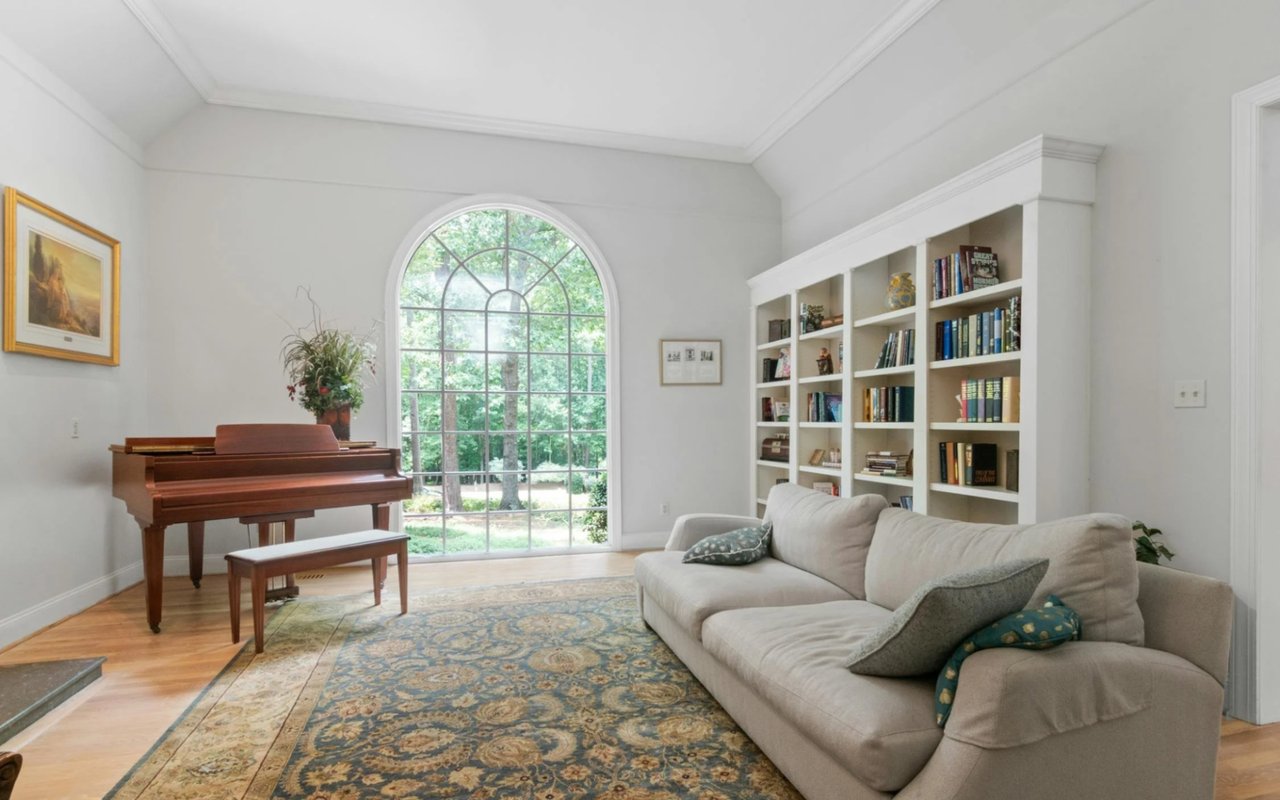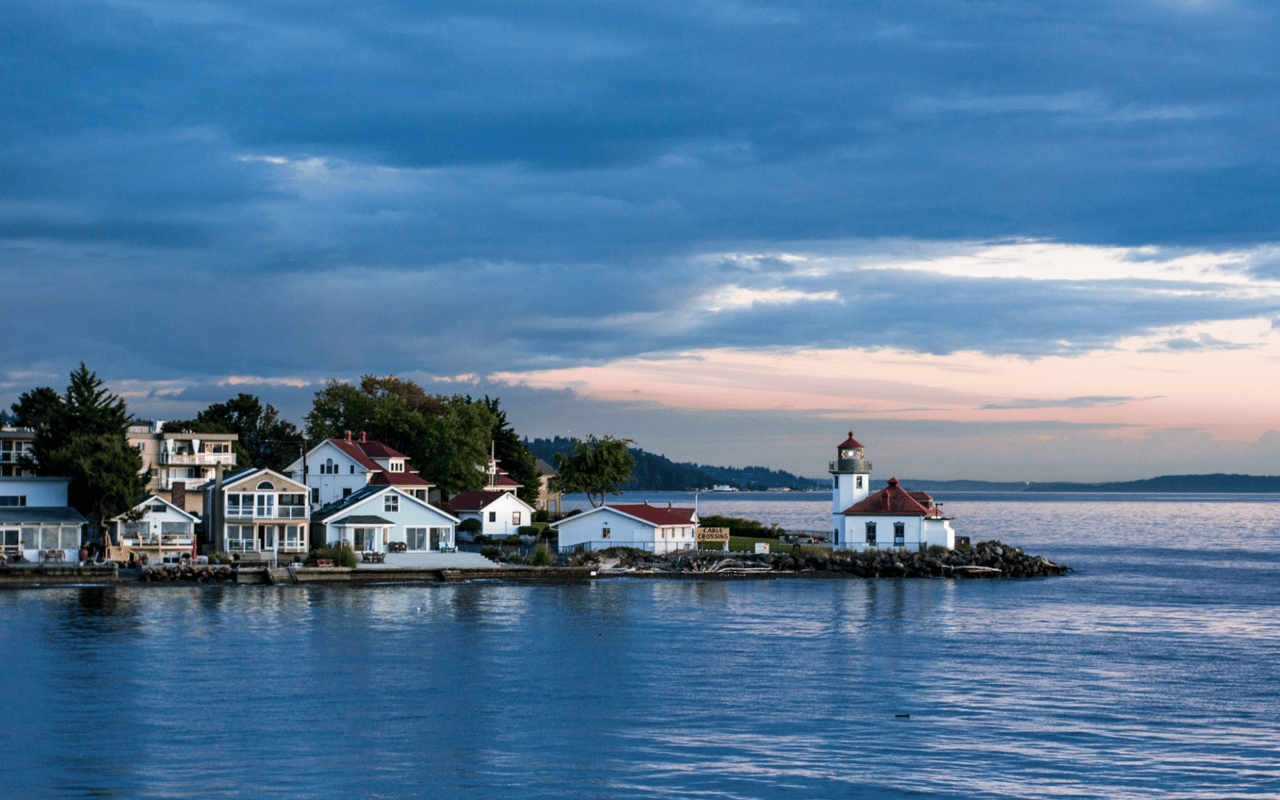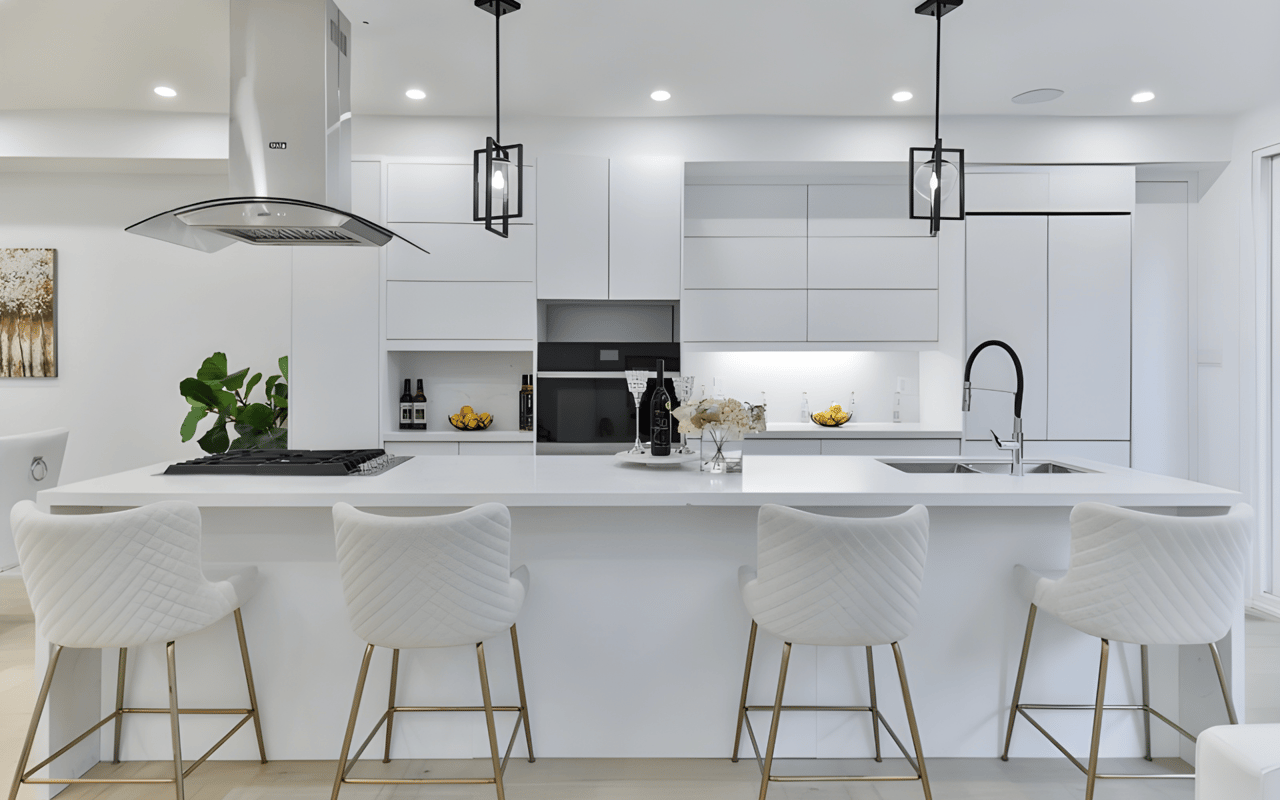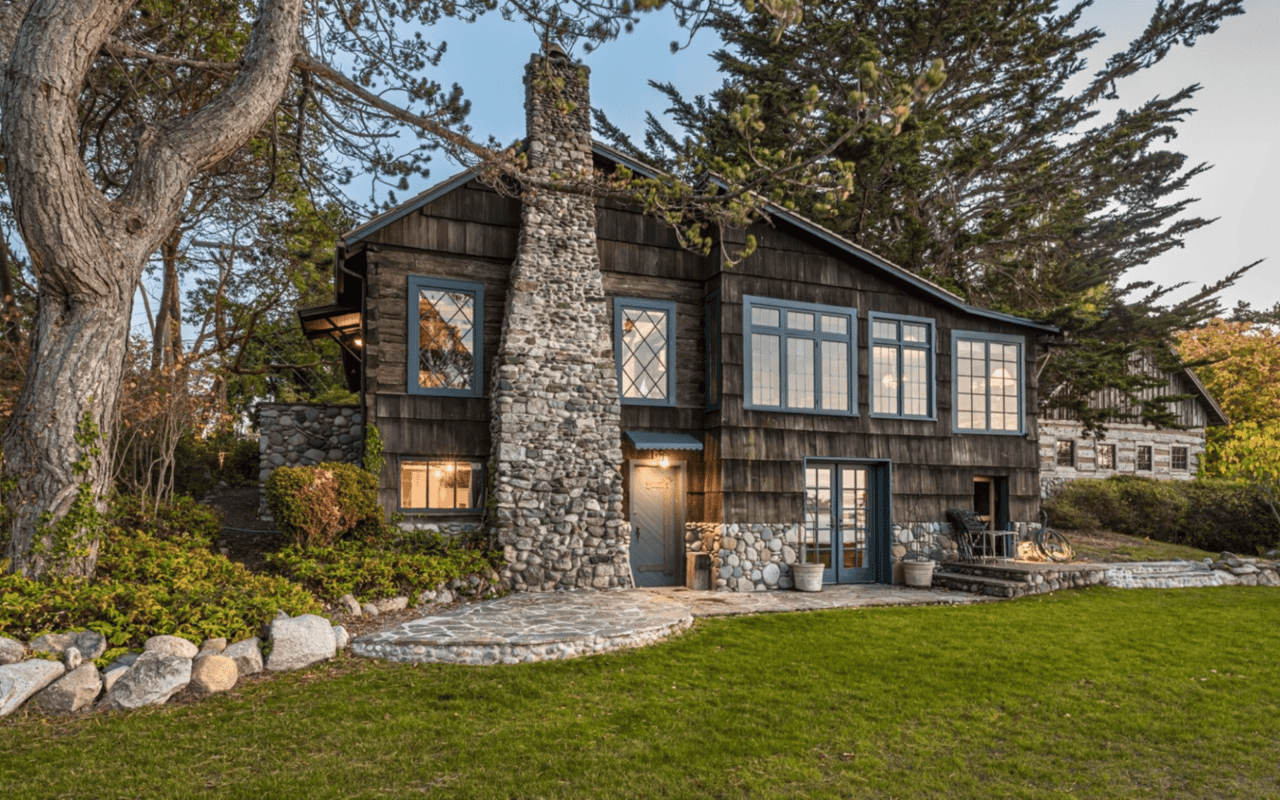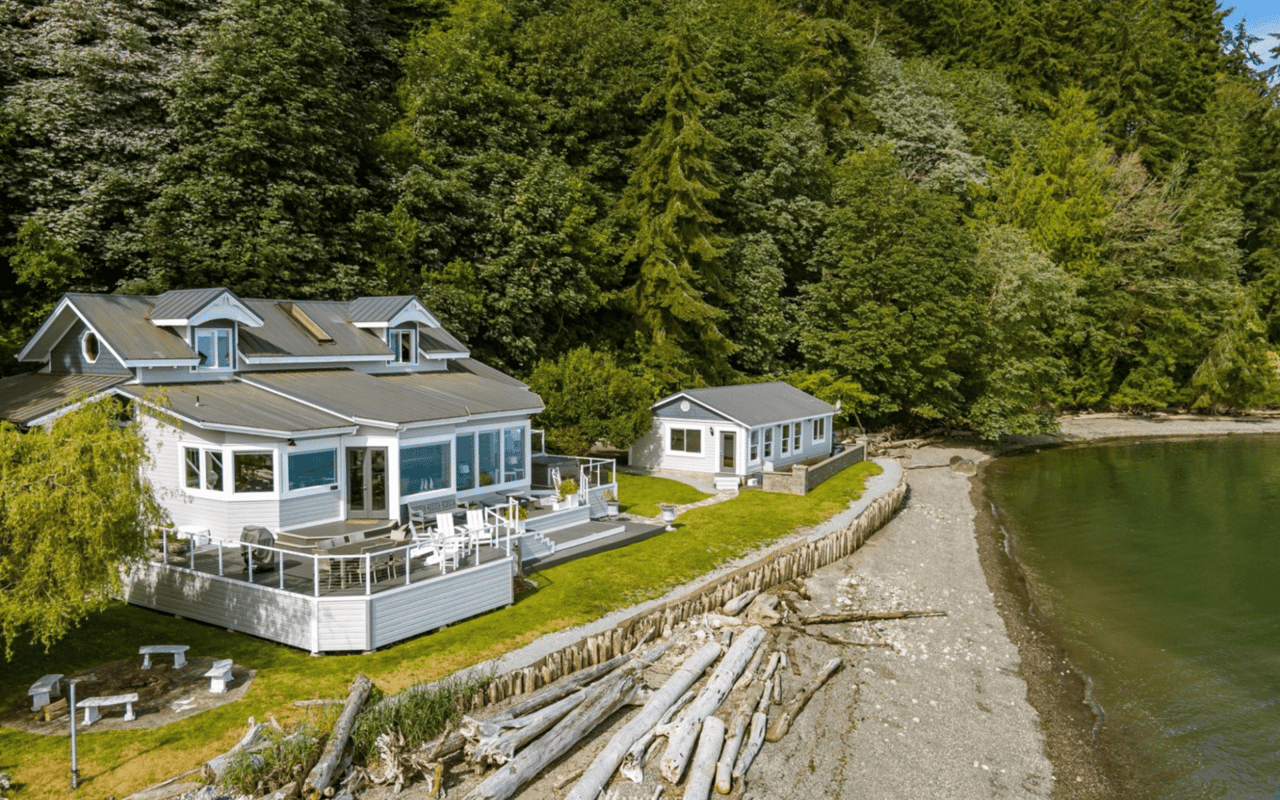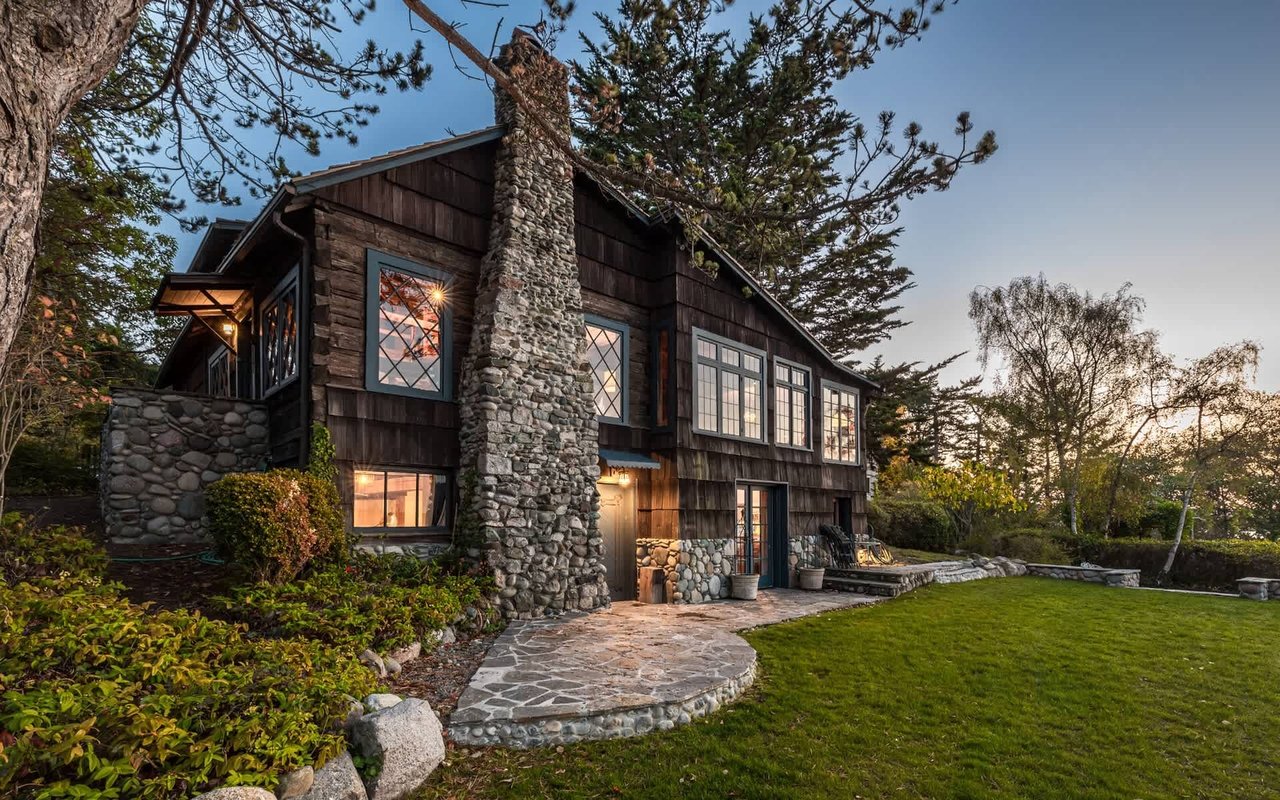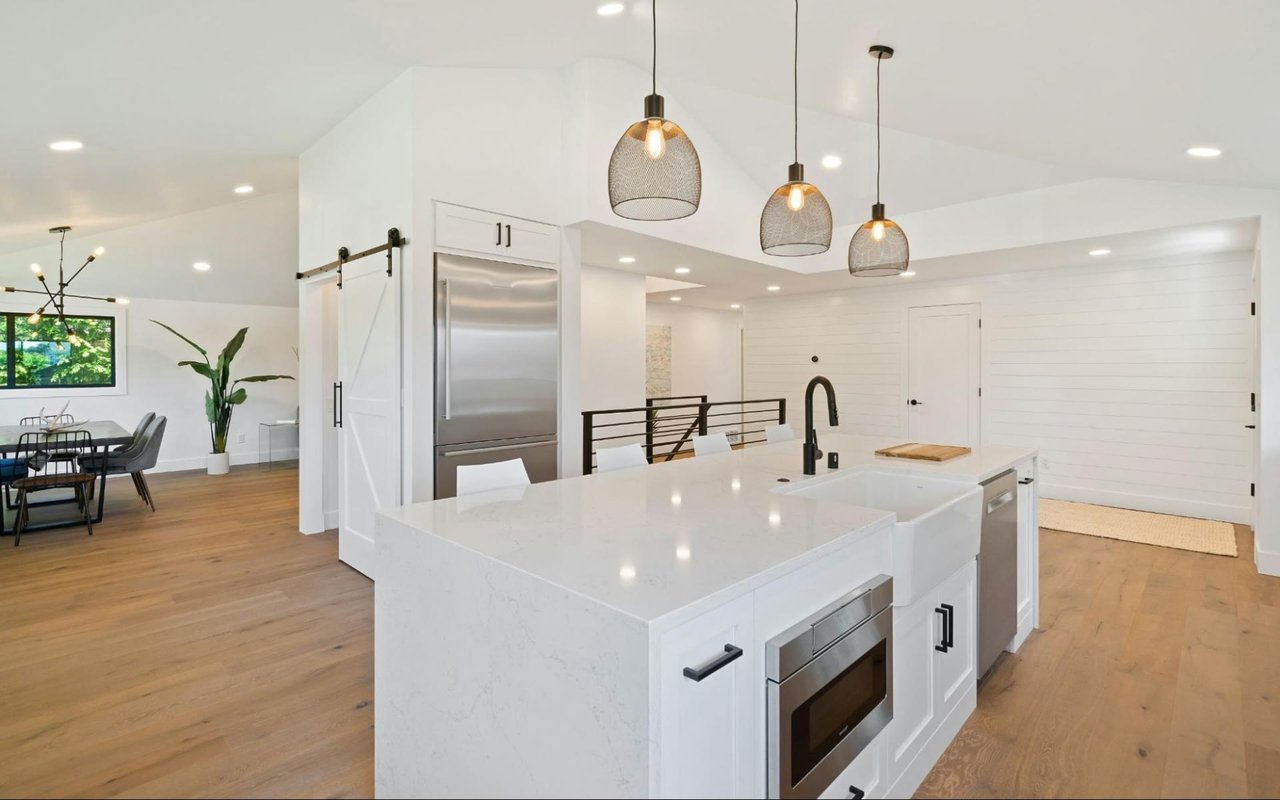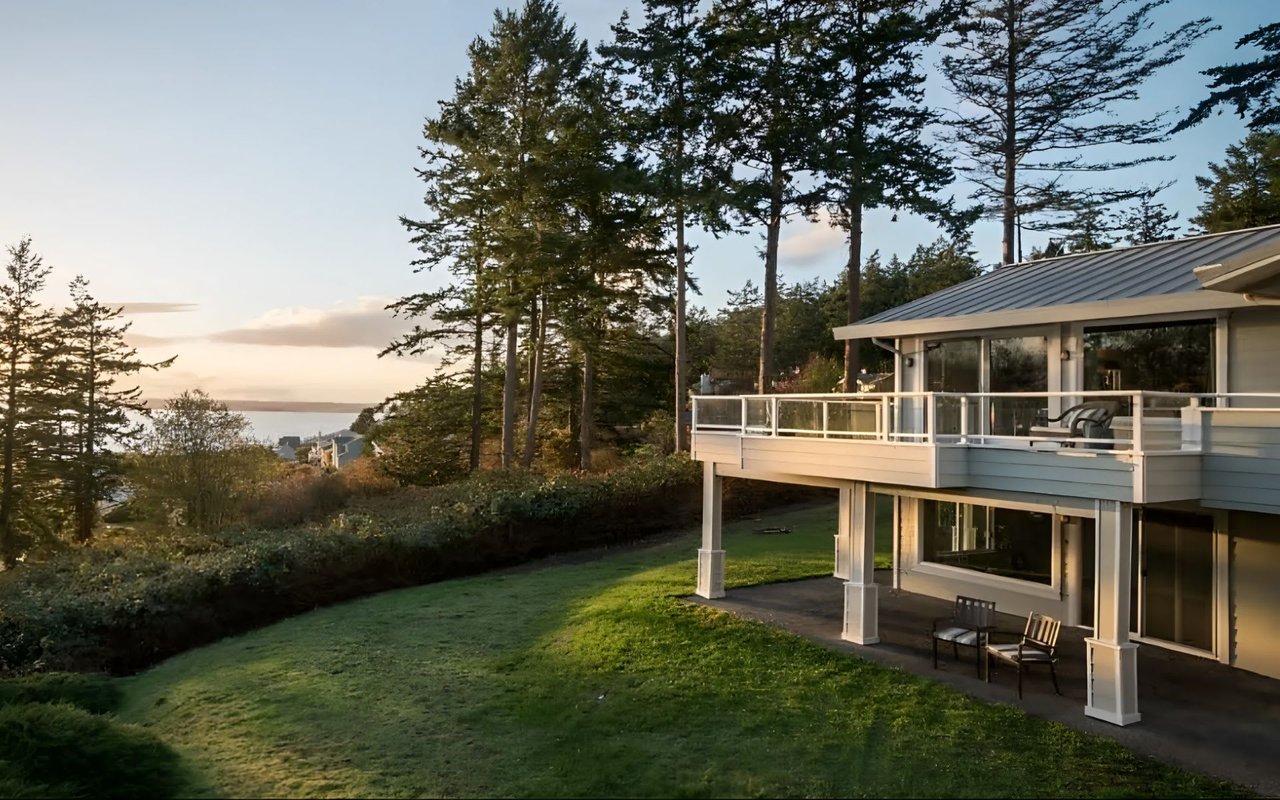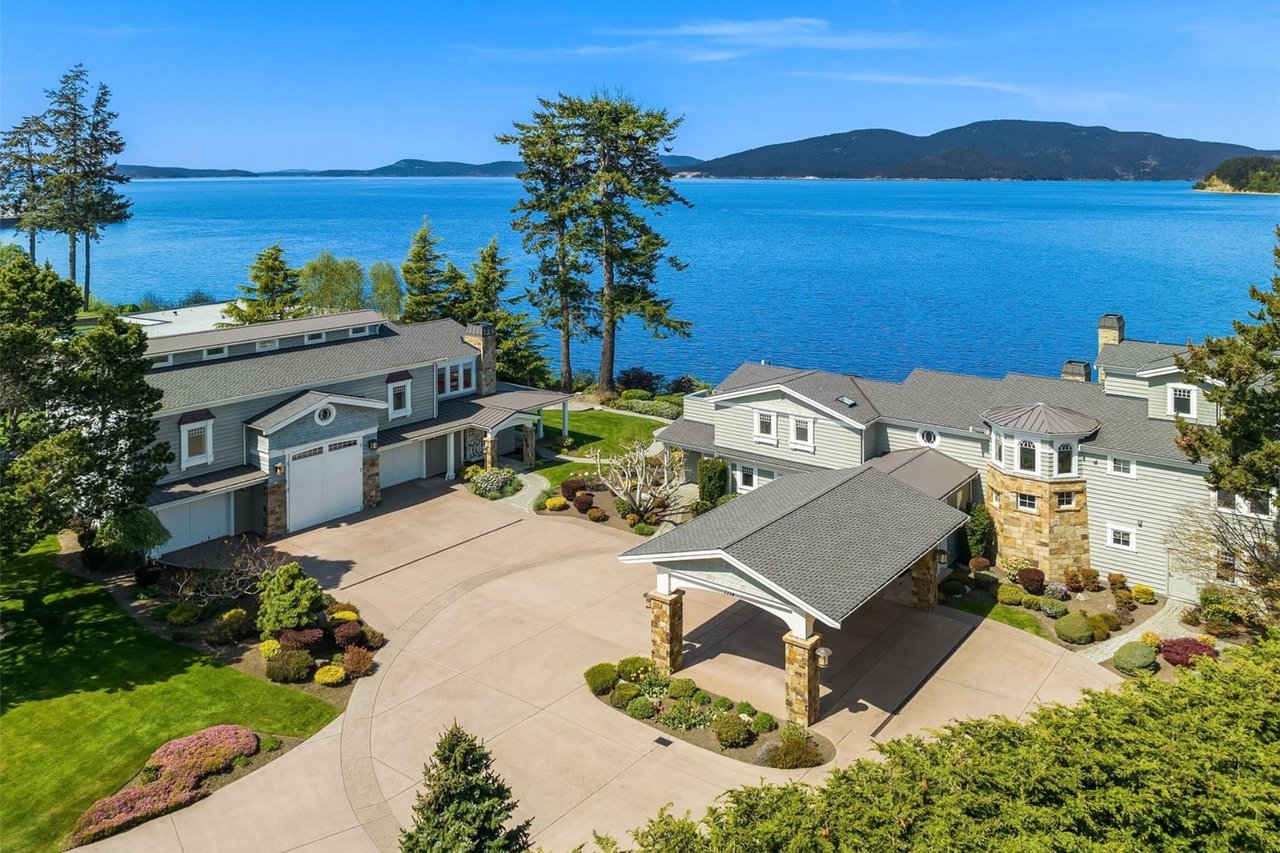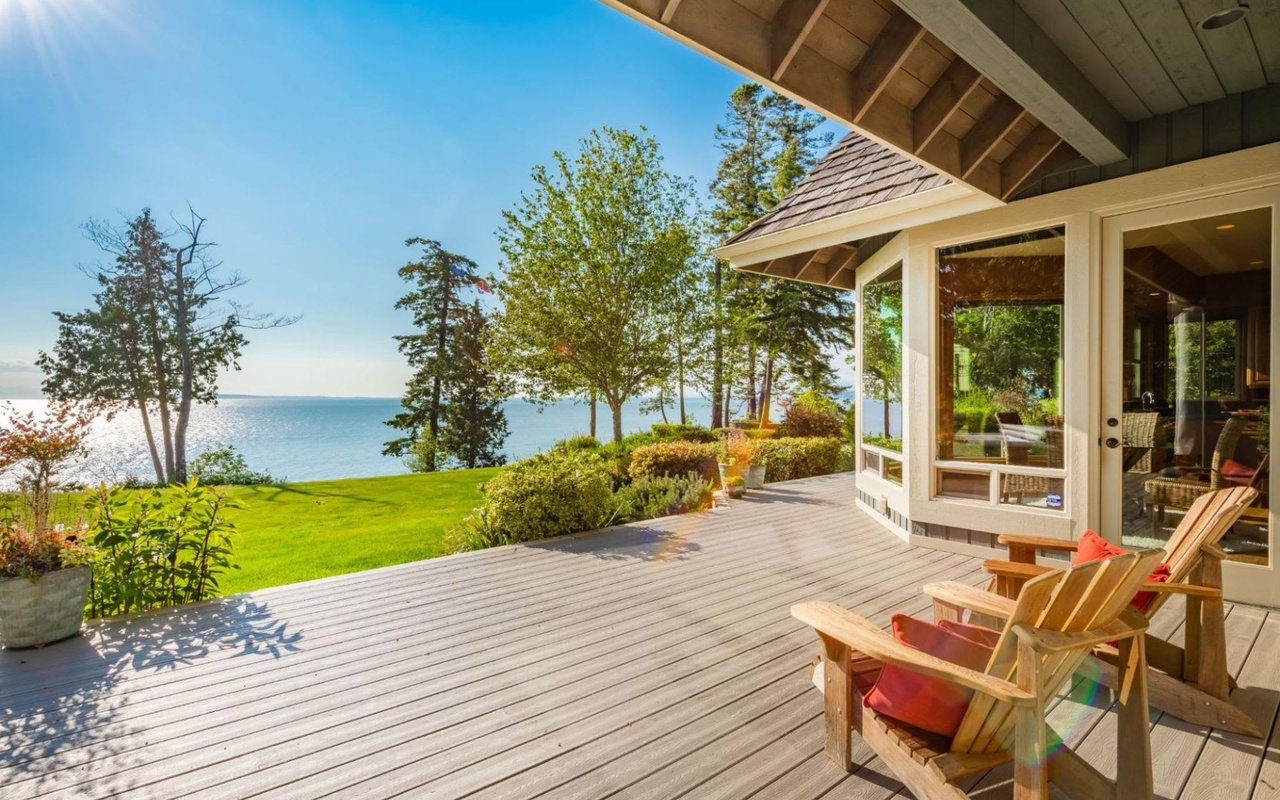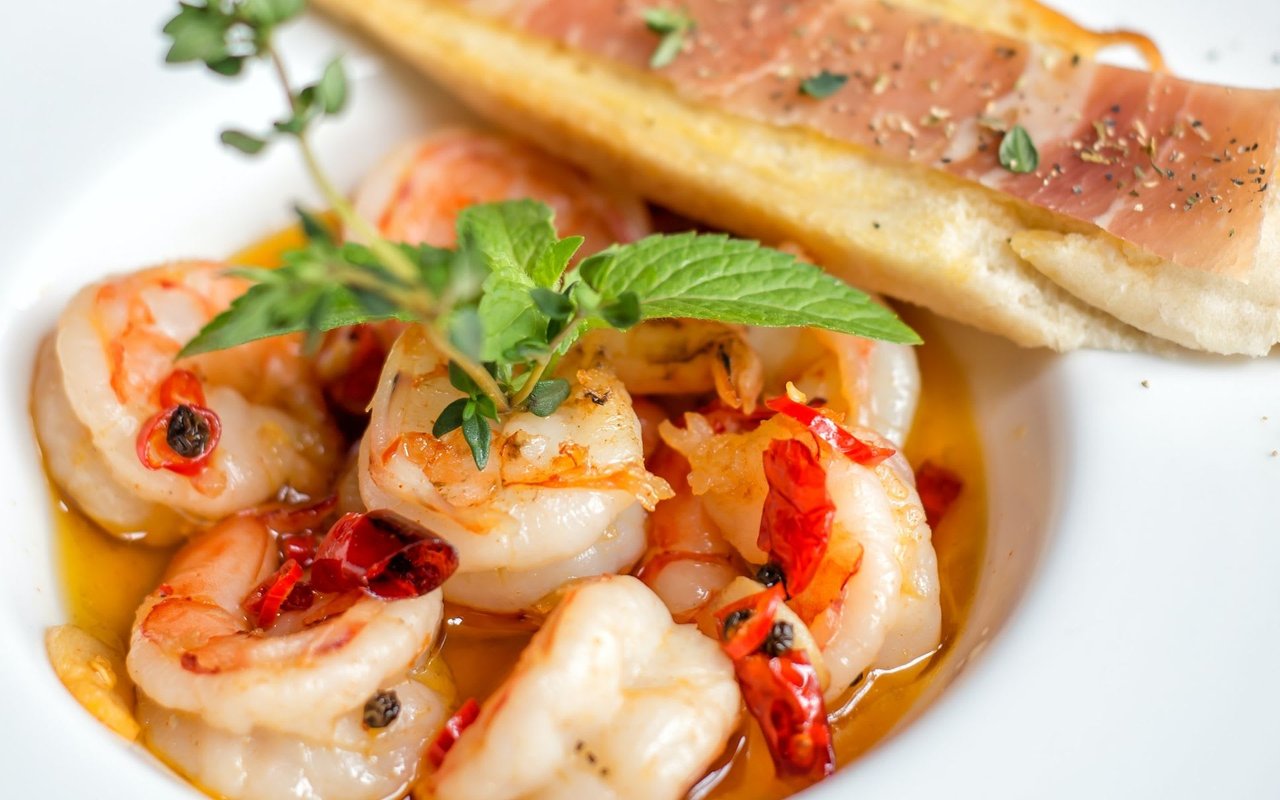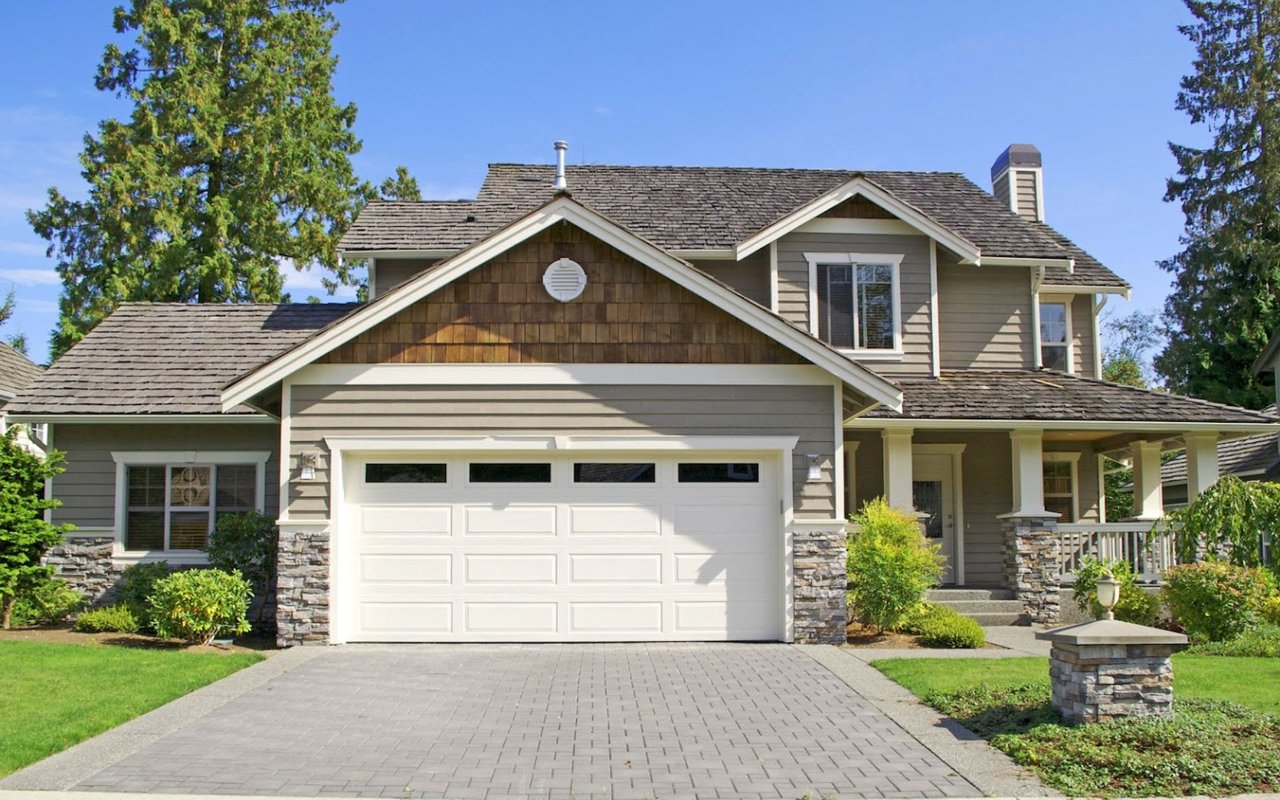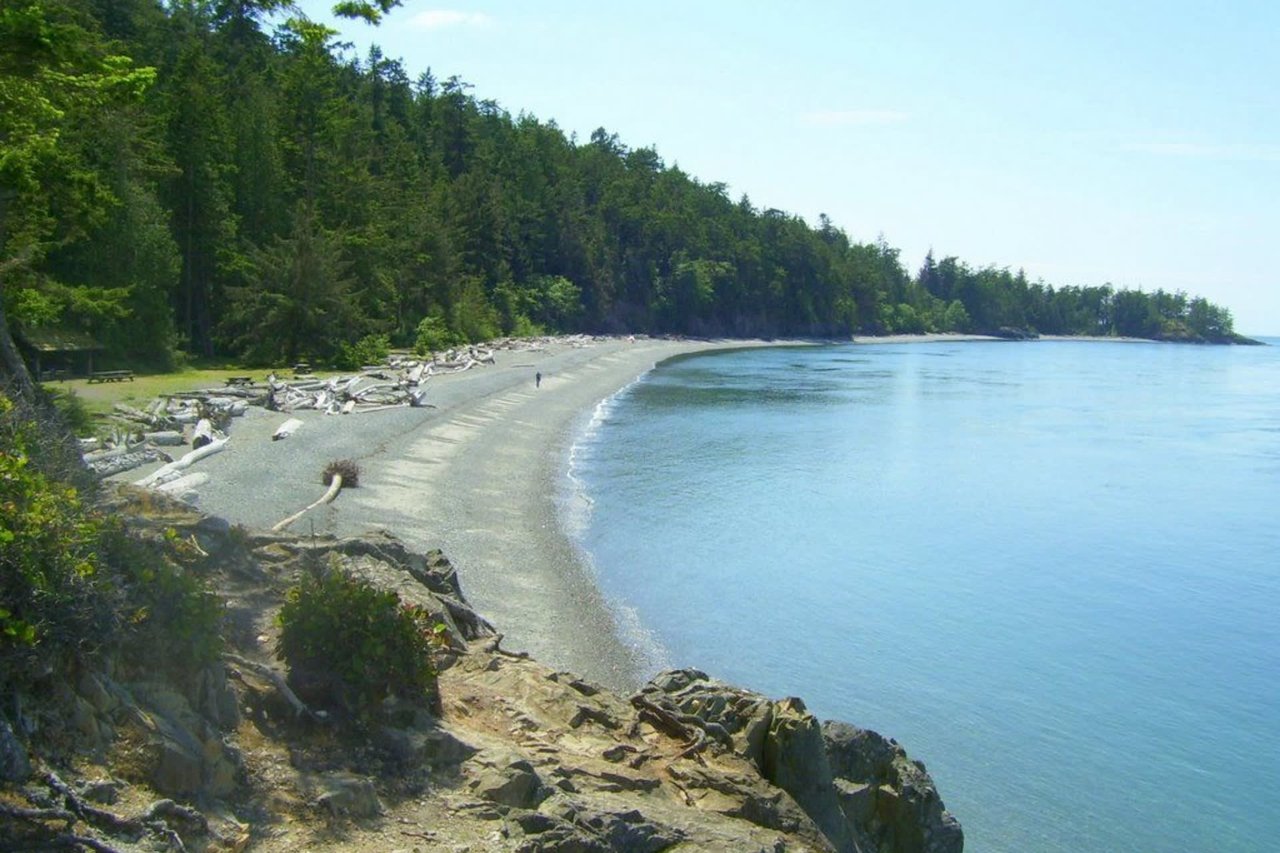Whidbey Island, located just north of Seattle in Puget Sound, offers a unique blend of maritime charm, breathtaking natural landscapes, and a temperate climate that plays a significant role in real estate decisions. For both buyers and sellers, understanding how the island’s weather patterns impact home maintenance, energy use, and even architectural preferences is essential. The Whidbey Island climate, with its cool summers and mild, wet winters, presents both opportunities and considerations that directly influence how properties are valued and marketed.
Understanding the Whidbey Island Climate
This consistent yet mild weather allows for year-round outdoor living and has made Whidbey Island particularly attractive to retirees, second-home buyers, and anyone seeking a tranquil, nature-connected lifestyle. For buyers, this means the local housing market often prioritizes features that take advantage of the outdoors, such as covered decks, weatherproof patios, and energy-efficient heating systems.
What Buyers Should Know About Climate Considerations
Homes that have been maintained with the local climate in mind, such as those with high-quality gutters, vapor barriers in crawlspaces, or newer roofing, tend to hold value better over time. Investing in a property with these upgrades can reduce long-term maintenance costs and improve overall comfort, especially during the rainier months.
Buyers should also consider home orientation. Properties that receive ample natural light during the darker winter months tend to be more desirable, not only for their comfort but also for their energy efficiency. South-facing homes or those with large windows and skylights are highly valued on Whidbey Island, particularly in wooded or shaded areas.
Key Climate Insights for Sellers
Curb appeal is another area where the island’s climate matters. While lush greenery is abundant thanks to the regular rainfall, overgrown foliage or moss-covered surfaces can signal neglect. Sellers should ensure that the landscaping is well-trimmed and that exterior surfaces such as decks, siding, and walkways are clean and well-maintained. Pressure washing and minor repairs can make a significant difference in how a home is perceived.
Given that rain is a regular feature of Whidbey life, providing a dry and welcoming entryway, like a covered porch or a mudroom, is another subtle yet impactful selling point. It signals that the home is well adapted to its environment, a detail that local buyers will immediately recognize and appreciate.
Choosing the Right Time to List or Purchase
Buyers, on the other hand, may find that shopping during the off-season, particularly in the late fall or winter, offers advantages such as reduced competition and more negotiating power. While fewer homes may be listed during these months, sellers who keep their properties on the market are often more motivated, creating opportunities for serious buyers.
Weather-Resilient Architecture and Materials
Sellers with homes that incorporate these durable materials should ensure they are well maintained and documented, as these features increase buyer confidence. Conversely, buyers seeking a low-maintenance property should ask about the age and type of these systems to anticipate any near-term upgrades or replacements.
Long-Term Value and Livability
The region’s clean air, temperate seasons, and scenic outdoor environment make Whidbey Island a sought-after destination. Buyers looking for year-round enjoyment will find that homes with protected outdoor spaces—like covered patios, sunrooms, or heated decks—allow them to make the most of the island’s serene setting regardless of the weather.




